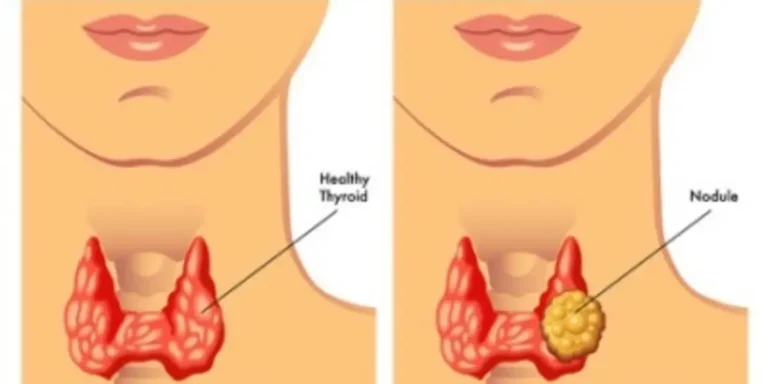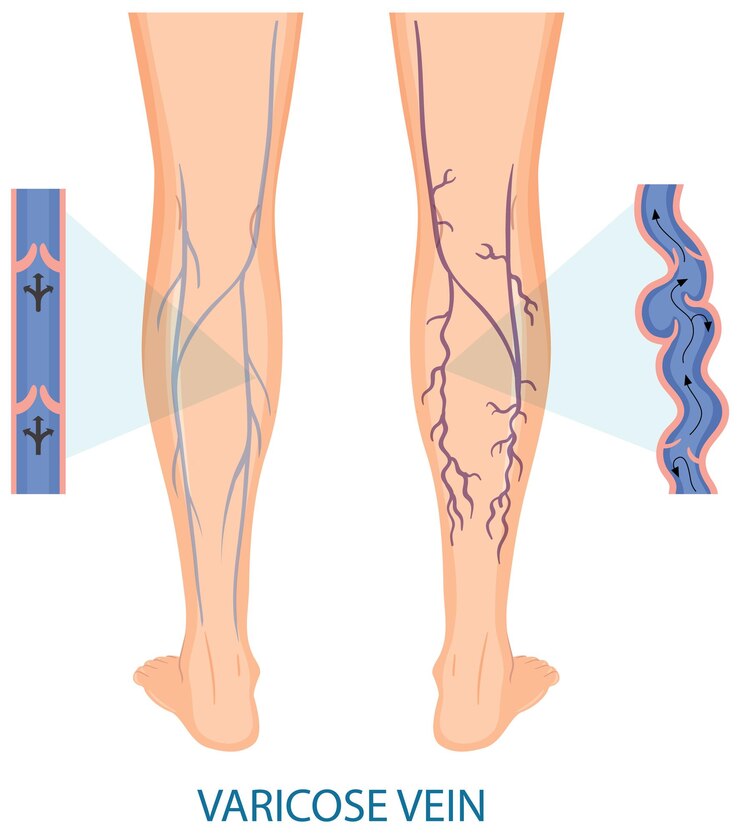Latest Research In Uterine Artery Embolization
Uterine artery embolization (UAE) is a minimally invasive procedure primarily used to treat uterine fibroids and other conditions such as adenomyosis. The procedure involves blocking the blood supply to fibroids or other targeted tissues, causing them to shrink and alleviate associated symptoms. UAE has gained popularity due to its effectiveness and quick recovery time compared to traditional surgical options. In recent years, there has been an influx of research exploring new aspects of uterine artery embolization. This article will delve into the latest research and advancements in the field, shedding light on various aspects such as fertility preservation, technique enhancements, and new applications for the UAE.
Fertility Preservation in UAE
Fertility preservation is a key concern for many women undergoing uterine artery embolization. Recent research has focused on the impact of the UAE on fertility and pregnancy outcomes. Studies have shown that UAE can be a safe option for women with fibroids who wish to conceive, as long as the procedure is performed by a skilled and experienced interventional radiologist. The choice of interventional radiologist can be critical, especially in areas such as Sector 79, where finding the Interventional Radiologist in Sector 79 with the right experience can make a significant difference in outcomes.
- UAE may have minimal impact on ovarian function and uterine capacity when performed with care.
- Pregnancy rates following the UAE are promising, though further research is needed to fully understand the long-term effects.
- Proper patient selection and counseling are essential to optimize fertility outcomes.
Technique Enhancements and Innovations
Recent studies have explored various ways to improve the UAE procedure, including modifications to embolic materials and imaging techniques. These advancements aim to enhance the safety and effectiveness of the procedure.
Innovations in UAE:
- Advanced Imaging: The use of 3D imaging and contrast-enhanced ultrasound for precise targeting of fibroids has shown promising results.
- Embolic Materials: New embolic agents such as microparticles and bioresorbable materials are being investigated for their potential to minimize complications and improve outcomes.
- Customized Approaches: Personalized treatment plans based on the patient’s unique anatomy and symptoms are becoming more common, potentially leading to better results.
UAE for Adenomyosis
While UAE has been widely used for fibroids, recent research is exploring its effectiveness for treating adenomyosis, a condition where the inner lining of the uterus grows into the muscular wall. Adenomyosis can cause severe pain and heavy bleeding, and traditional treatments often involve surgery.
Findings in adenomyosis treatment:
- UAE shows promise in reducing symptoms and improving the quality of life for patients with adenomyosis.
- The procedure may offer a less invasive alternative to surgery, with quicker recovery times.
- More research is needed to determine the long-term effectiveness of UAE in adenomyosis.
Patient Selection and Counseling
Proper patient selection is crucial for achieving optimal outcomes with uterine artery embolization. Recent research emphasizes the importance of individualized assessment and counseling to help patients make informed decisions about their treatment options.
- A comprehensive evaluation of each patient’s medical history and goals is essential.
- Counseling should include discussions about potential risks, benefits, and alternative treatment options.
- Patients should be informed about the experience and qualifications of their interventional radiologist, particularly in locations such as Noida, where finding the Best Interventional Radiologist in Noida can impact the overall success of the procedure.
Long-Term Outcomes and Success Rates
Ongoing research continues to assess the long-term outcomes of uterine artery embolization, including fibroid recurrence rates and quality of life improvements. Recent studies suggest that UAE can provide lasting relief for many patients, with low rates of recurrence.
Notable findings:
- Long-term follow-up studies show high satisfaction rates among patients who have undergone UAE.
- Fibroid recurrence rates vary, but overall, UAE offers sustained symptom relief for the majority of patients.
- Patients report significant improvements in quality of life, particularly regarding pain, bleeding, and other symptoms.
Conclusion
Uterine artery embolization remains a promising treatment option for women with fibroids and adenomyosis. The latest research in the field focuses on enhancing the procedure’s safety, efficacy, and applicability to various conditions. From fertility preservation to new embolic materials and advanced imaging techniques, the UAE is evolving rapidly. Patients seeking treatment should prioritize finding an experienced interventional radiologist, whether in Sector 79 or other locations, to ensure the best possible outcomes.
By staying up to date with the latest research in uterine artery embolization, healthcare providers and patients alike can make informed decisions about treatment options and achieve better results.
For any further queries, Plz visit drankitinterventionalradiologist.com







